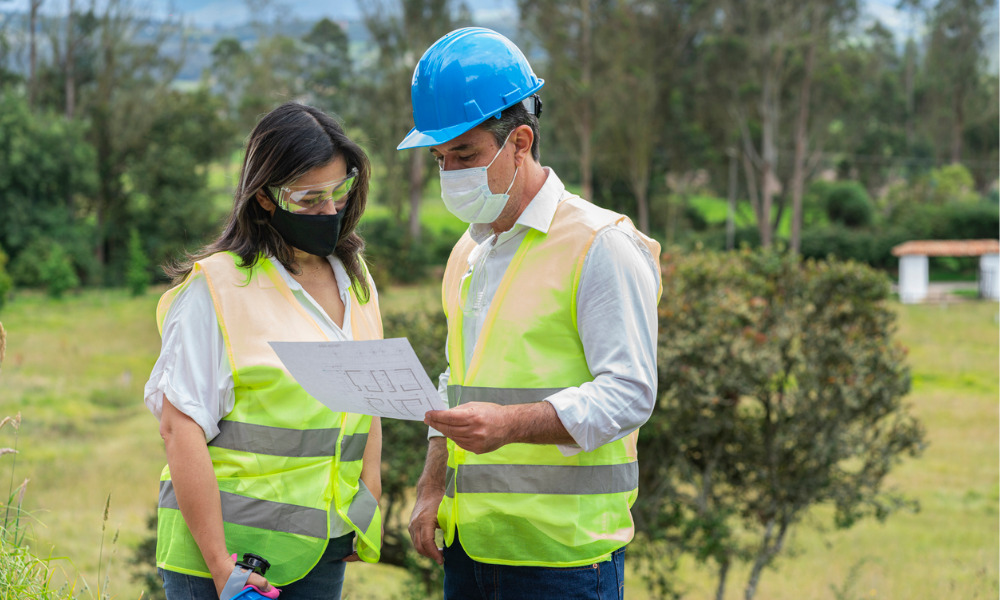Tips and insights from an industry expert on how to overcome EHS challenges

In a recent episode of COS TV, we had the privilege of speaking with Nada Vuckovic, the head environmental, health, safety, and sustainability officer at Siemens Canada. Siemens Canada was honored with the prestigious 2023 Canada's Safest Employers Award for Best Environment Management Program. During the conversation, Vuckovic shared valuable insights into creating and maintaining a robust environmental management program.
The holistic approach to environmental management
Vuckovic stressed the importance of taking a holistic approach to environmental management.
"It's about understanding your company's operations from product design, to supply chain, to efficient operations, and even the full lifecycle of your products,” explains Vuckovic. “At Siemens, our journey towards environmental protection began in 1971, and we've continuously evolved our understanding of our environmental impact.”
She says leadership and a commitment from the C-suite executives is essential. "Leaders set the tone from the top, emphasizing that environment, health, and safety matter. We won't compromise on the well-being of our people or create significant environmental impacts. Sustainability is our ultimate goal, and it encompasses more than just environmental aspects."
Challenges in maintaining the program
When asked about the challenges of maintaining a global environmental management program, Vuckovic highlighted the continuously evolving legal framework as a significant hurdle. She notes, "legislation is ever-changing, and we see new requirements emerging on a daily basis. Staying ahead of these changes, especially in various countries, can be daunting. We not only strive to comply but aim to exceed these legal requirements."
Vuckovic also pointed out the importance of understanding the expectations of new generations entering the workforce. "Young professionals today want to know what organizations are doing for sustainability, diversity, and inclusion. It's essential to be prepared to address these concerns and explain how you're working towards your sustainability goals," she adds.
Advice for large companies
Vuckovic shared valuable advice for large companies struggling with their environmental and sustainability management programs. "Develop an integrated management system that encompasses environment, health, safety, and even quality where applicable," she recommends. "This holistic approach makes it easier to explain your initiatives to your employees and stakeholders."
She also suggests embedding environmental and sustainability considerations into the core of the business. "Ensure that environmental health and safety aren't just separate departments but are actively involved in decision-making, objectives, and goals. Make it clear that these aspects have a significant impact on the organization's future."
Vuckovic encourages companies to embrace technology and digitalization, focus on circular economy principles, and integrate sustainability into their business operations. "Taking care of the environment and the well-being of your people isn't just a responsibility; it's a path to future success.”





